The world's first flat-bottomed air boat was invented near Brigham City, Utah in 1943 by Cecil Williams, Leo Young, and G. Hortin Jensen. The purpose of the boat was to help preserve and protect bird populations and animal life work at the world largest migratory game bird refuge. The Bear River Migratory Bird Refuge near Brigham City, Utah is located as a wetlands oasis amid the great basin desert. It is an essential stopping point for migratory birds across North and South America. The need for a practical way to help navigate a challenging environment of wetlands, shallow water, and thick mud helped inspire, Cecil Williams, Leo Young, and G. Hortin Jensen to create the flat-bottom air thrust boat. Designs and subsequent improvements and practical use of the air thrust boats appears to have been a collaborative effort. Williams, Young, and Jensen were employees of the Bear River Migratory Bird Refuge, a division of US Fish and Wildlife Service. LeeRue Allen, who worked at the Refuge since 1936 appears to have also been involved and helped to document a history of the events.
The boat is on museum display at the Bear River Migratory Bird Refuge, near Brigham City, Utah and has also been on display at the National Conservatory Training Center in North Carolina. It has also been on display at the Black Bayou Lake Wildlife Refuge in Louisiana.
Photo credit: Wikipedia
In 1943, on the Bear River Migratory Bird Refuge in northern Utah, Cecil S. Williams and G. Hortin Jensen sought a solution to the problem of conducting avian botulism studies in the shallow, marshy hinterlands. Using a 40-horsepower Continental aircraft engine on a 12-foot, flat-bottomed, aluminum boat, they came up with one of the world's first air boat designs. The original airboat had no seat and the pilot kneeled in the boat. They dubbed it the Alligator I. Today airboats are a popular mode of transportation for both researchers and tourists in wetlands around the world.
A 1987 story in Ducks Unlimited magazine mentioned Young and Jensen and dated the building of the first boat in 1950. Refuge records, however, show the first boat came into use in 1943, with several photos of running air boats dated 1947. Prior to the introduction of the airboat, refuge biologists had to either walk through shallow water and deep, sticky mud or push unpowered flat-bottom boats with long poles. Staff had experimented with a boat called the "Mud Queen," which had small paddle wheels on either side that pushed the boat. They built their first airboat nicknamed "Alligator I" from a flat-bottom boat pushed along by an aircraft engine purchased for $99.50. Young reported that he called the first airboat an "air-thrust boat." Once word got out about the boat, Leo Young built and sold boats all over the world.
Many of the early crafts built at the refuge were shipped to Florida. Early records show it cost roughly $1,600 to build a boat, including engine.
While a number of claims have been suggested about the invention and use of the first air boat, the most documuented, supported, verified of claims appears to be The world's first flat-bottomed air boat invented near Brigham City, Utah in 1943 by Cecil Williams, Leo Young, and G. Hortin Jensen. The practical value, use, and awareness of this first flat-bottomed air thrust boat quickly found wide use across the world.
Allegedly air plane motors were thought to have been tested using special boats. Allegedly one of the first of these types of "airboats", called the Ugly Duckling, was built in 1905 in Nova Scotia, Canada by a team led by Dr. Alexander Graham Bell. It was used to test various engines and prop configurations. This has not clearly been documented or supported nor have clear dates been verified and established.
Photo credit: Wikipedia
Glenn Curtiss is credited with building a type of airboat in 1920 to help facilitate his hobby of bow and arrow hunting in the Florida backwoods. The millionaire, who later went on to develop the cities of Hialeah and Miami, combined his talents in the fields of aviation and design to facilitate his hobby, and the end result was 'Scooter', a 6-passenger, closed-cockpit, propellor-driven motorboat powered by an aircraft engine that could allegedly slip through wetlands at 50 mph.
Over the years a variety of designs were tried and through trial-and-error, the standard design used today arose: an open, flat bottom boat with an engine mounted on the back, the driver sitting in an elevated position, and a cage to protect the propeller from objects flying into them.
(Content edited from Wikipedia)


